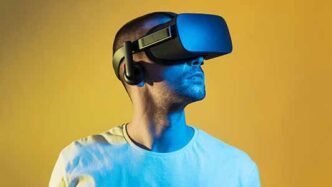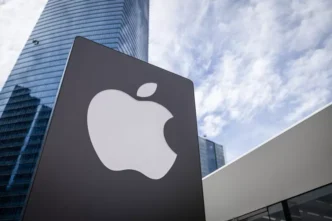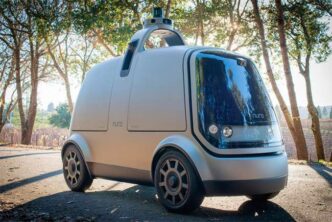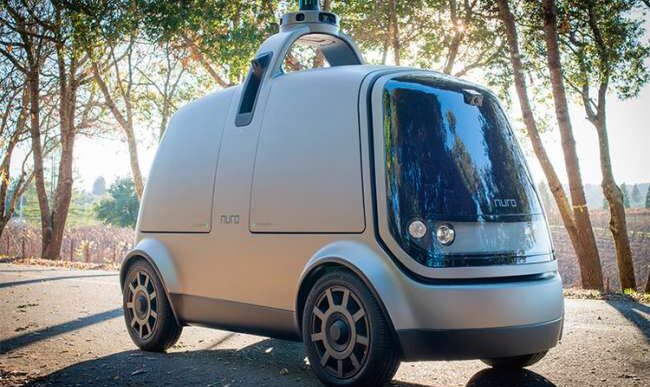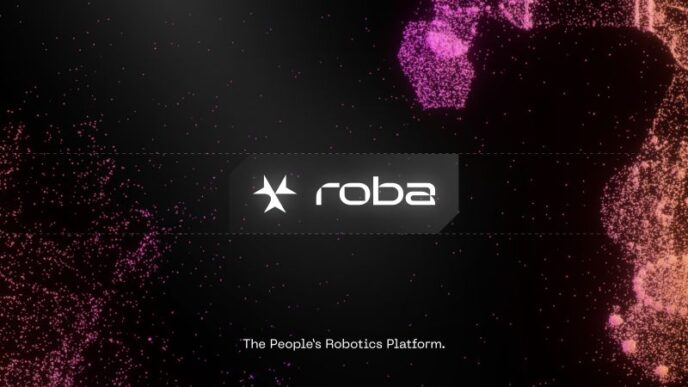For years, wearables have been a niche corner of the tech world, cool in concept, but often limited in adoption. Most people don’t strap technology onto their bodies unless it’s something they truly love or find indispensable. That’s a tough threshold to meet, which explains why wearables have rarely drawn more than a sliver of venture capital interest, historically capturing less than 1% of total startup funding each year.
But 2025 is shaping up differently. Thanks to rising health awareness, AI integration, and a few standout players, wearable startups are enjoying renewed investor attention. At the center of this momentum is one major name: Oura, the Finnish company redefining personal health tracking.
Oura’s $900M Spark That Ignited the Sector
Earlier this month, Oura announced a massive $900 million round led by Fidelity, propelling its valuation to $11 billion. That’s a milestone for a company founded 12 years ago — and a wake-up call for investors who long underestimated the wearables sector.
Oura’s smart ring, known for tracking sleep, stress, activity, and recovery, has become a favorite among biohackers and wellness enthusiasts. The company expects to hit $1 billion in annual sales this year, cementing its position as the category’s dominant player.
Yet Oura’s rise is part of a broader wave. Venture capital is now flowing into a diverse range of startups pushing the limits of what “wearable” means — from smart lenses and AI-powered glasses to even connected collars for livestock.
Beyond Fitness: Smart Lenses, Glasses, and Cattle Collars
One of the most striking recent deals went to Xpanceo, a Dubai-based startup developing smart contact lenses that blend microdisplays and external sensors to deliver information directly to the wearer’s eye. The four-year-old company raised $250 million at a $1.35 billion valuation this summer, signaling growing appetite for next-gen wearable interfaces.
Meanwhile, Nothing, the London-based company known for its transparent Android devices, closed a $200 million Series C last month. Its goal? Building an AI-native platform that seamlessly merges hardware and software across devices — from smartphones to smart glasses — for an integrated intelligent ecosystem.
Then there’s Halter, which shows that wearables aren’t just for humans. The New Zealand startup builds smart collars and virtual fencing systems that help ranchers manage cattle using GPS-enabled tracking. It raised $100 million in Series D funding, pushing its valuation to $1 billion this summer.
Health Tech Wearables Keep Drawing Big Checks
Health and medical monitoring remain the heartbeat of the wearables sector. Two U.S.-based pioneers, Biolinq and VitalConnect, each secured $100 million rounds this year.
San Diego’s Biolinq makes a biosensor patch that continuously tracks glucose levels beneath the skin, providing a less invasive alternative for diabetes management. Meanwhile, California’s VitalConnect develops connected cardiac monitoring patches for hospitals and telehealth providers, addressing the surge in remote patient monitoring.
Another intriguing player is Epicore Biosystems, whose wearable device measures sweat biomarkers to analyze hydration, nutrition, and stress, offering insights into physical performance and overall health.
Competing With Tech Giants and Finding Their Edge
Despite this surge of innovation, wearable startups face one of the toughest competitive fields imaginable. Global giants like Apple, Google, and Meta dominate the landscape, each racing to expand their own ecosystems. From Apple’s live-translation AirPods to Google’s Fitbit devices and Meta’s AI-powered smart glasses, the category has evolved from novelty to necessity.
Yet startups hold one critical advantage: agility. They can focus on niche problems, test quickly with early adopters, and refine their products faster than corporate giants. This nimble approach allows them to carve out distinct markets and pioneer new experiences in personalized health, productivity, and augmented reality.
If 2024 was the year of AI software, 2025 may be remembered as the year wearables finally went mainstream, powered by smarter sensors, better design, and billions in fresh venture capital.
